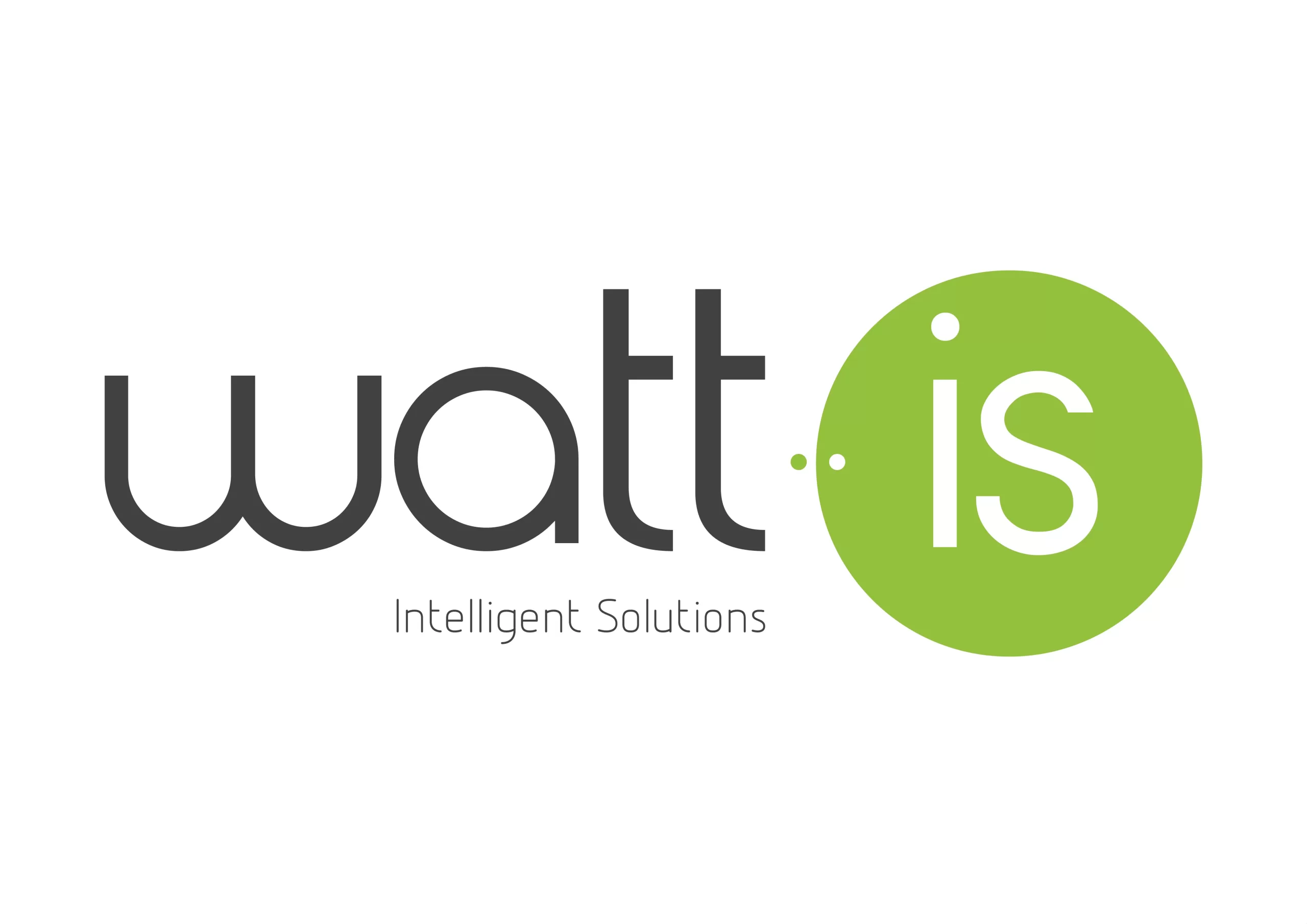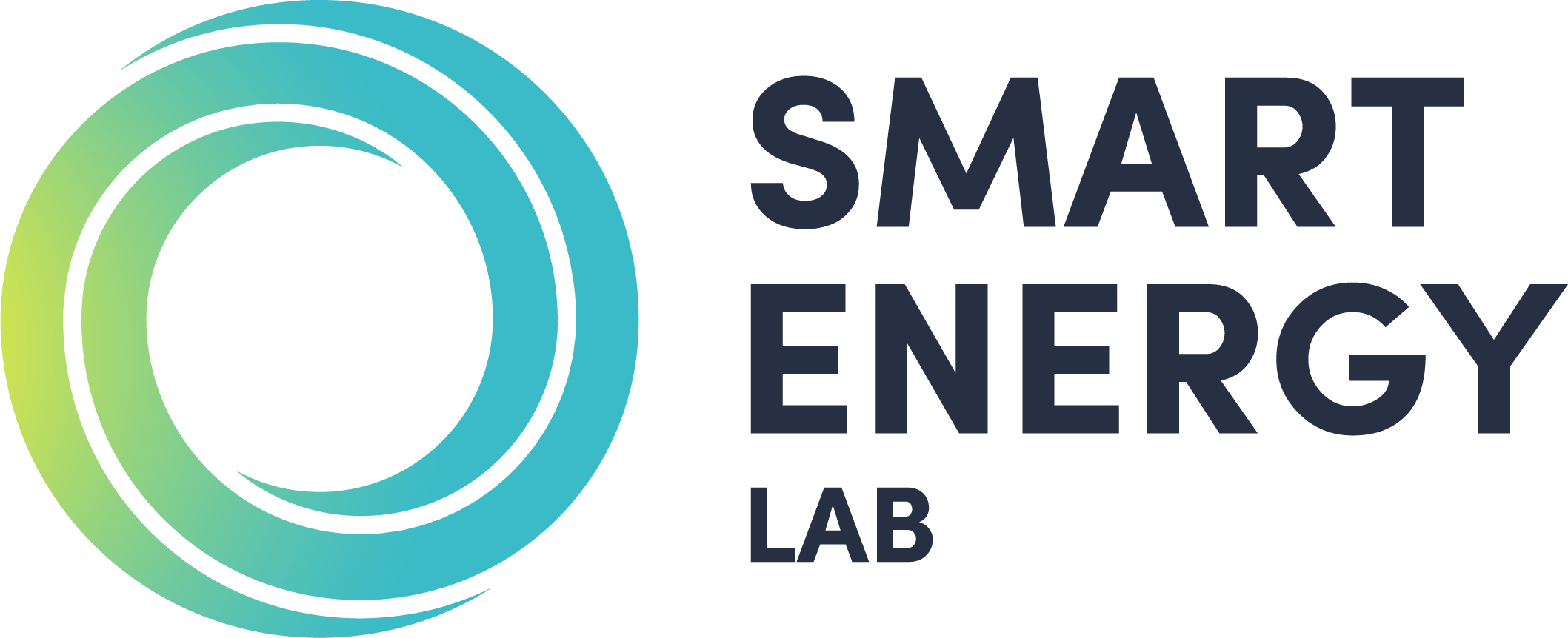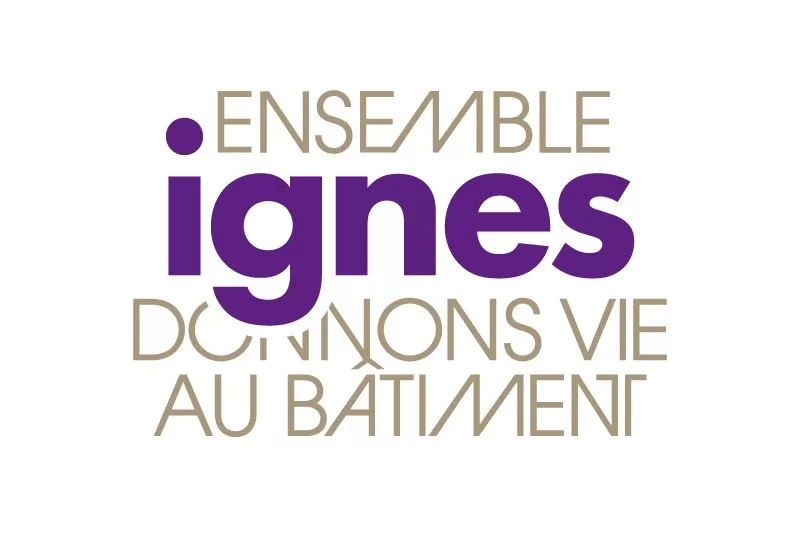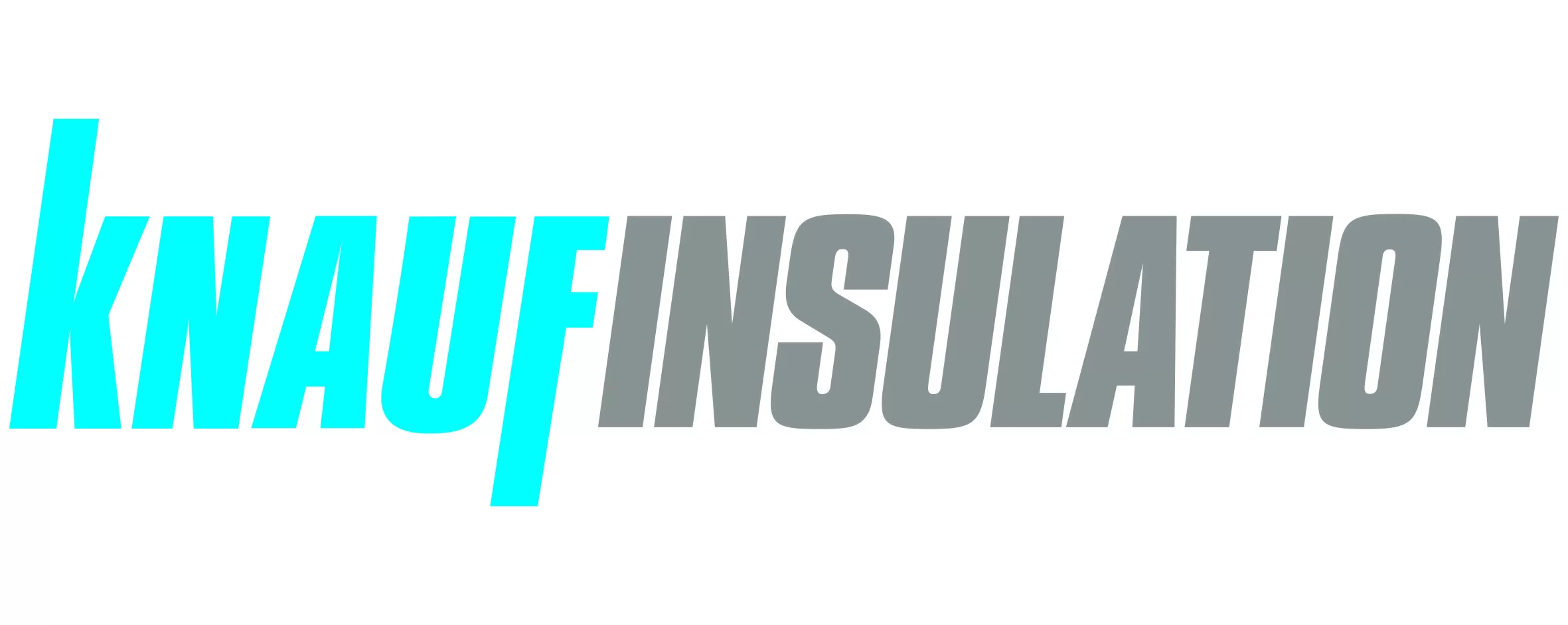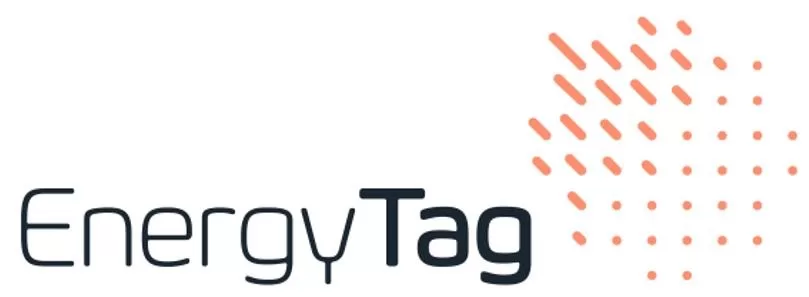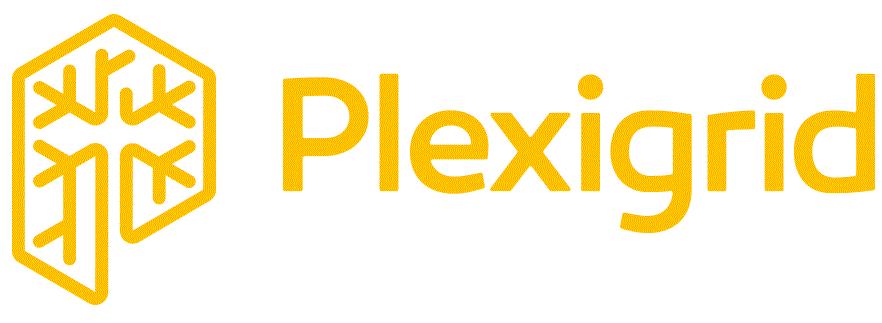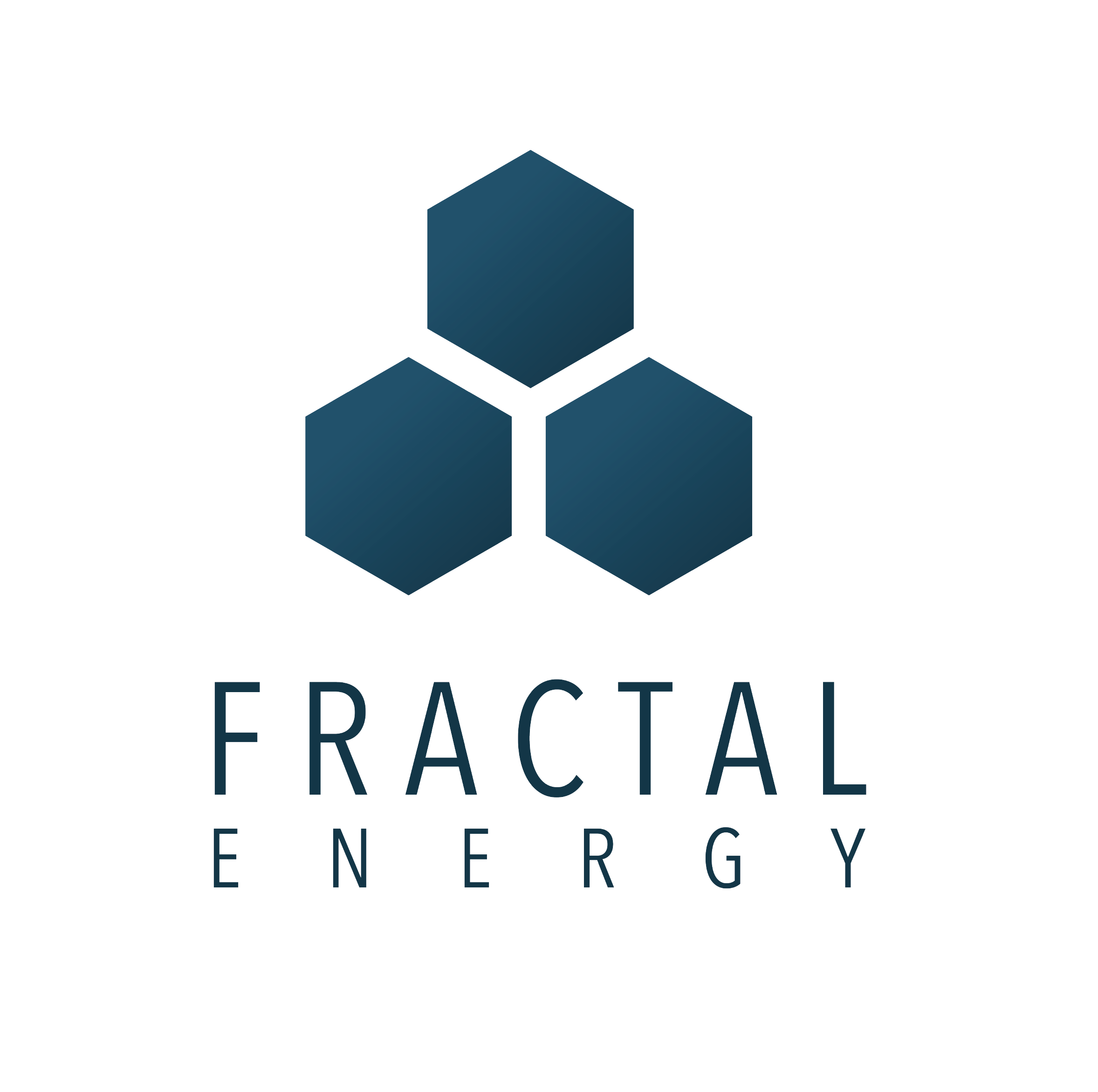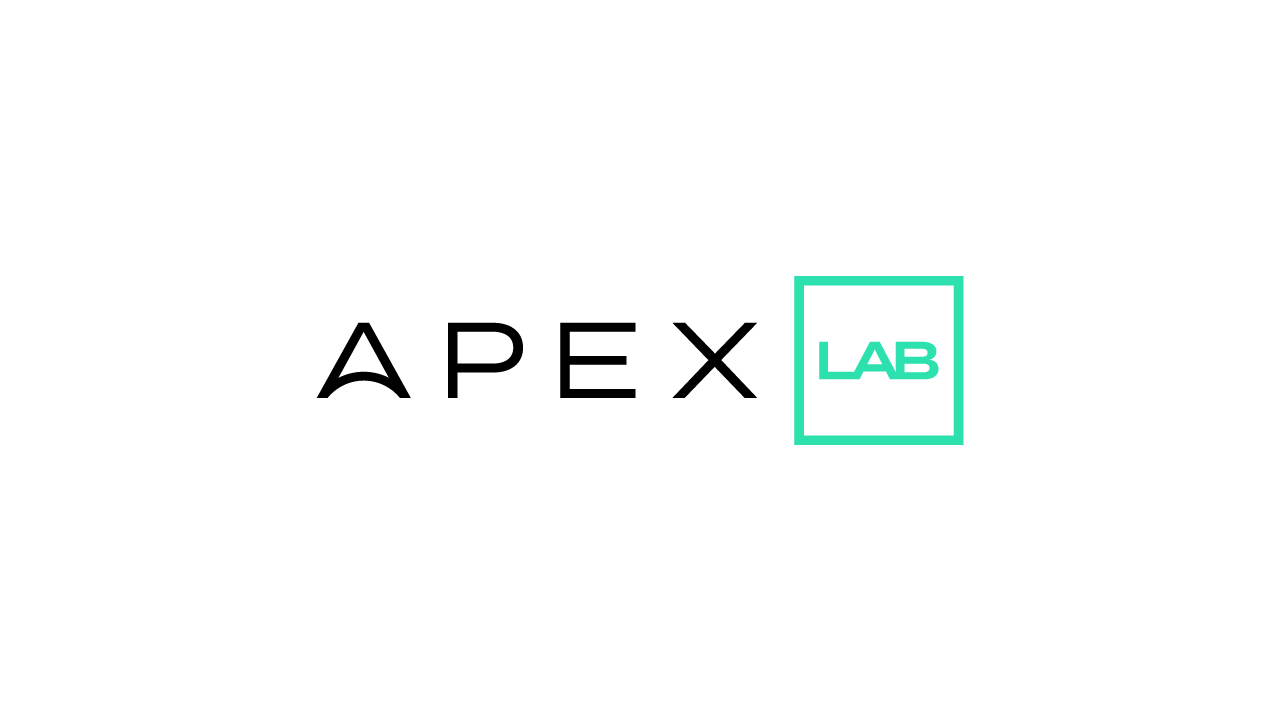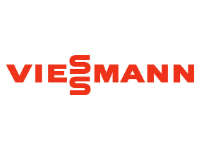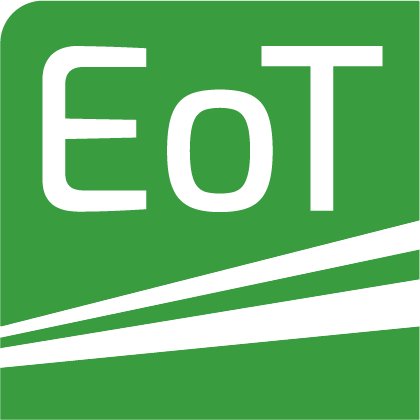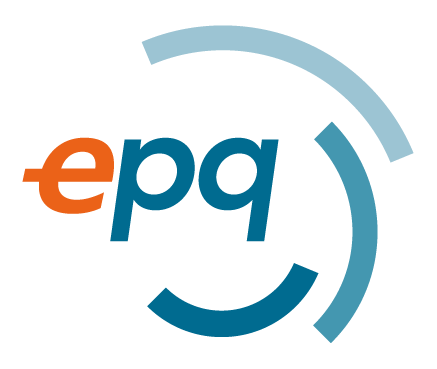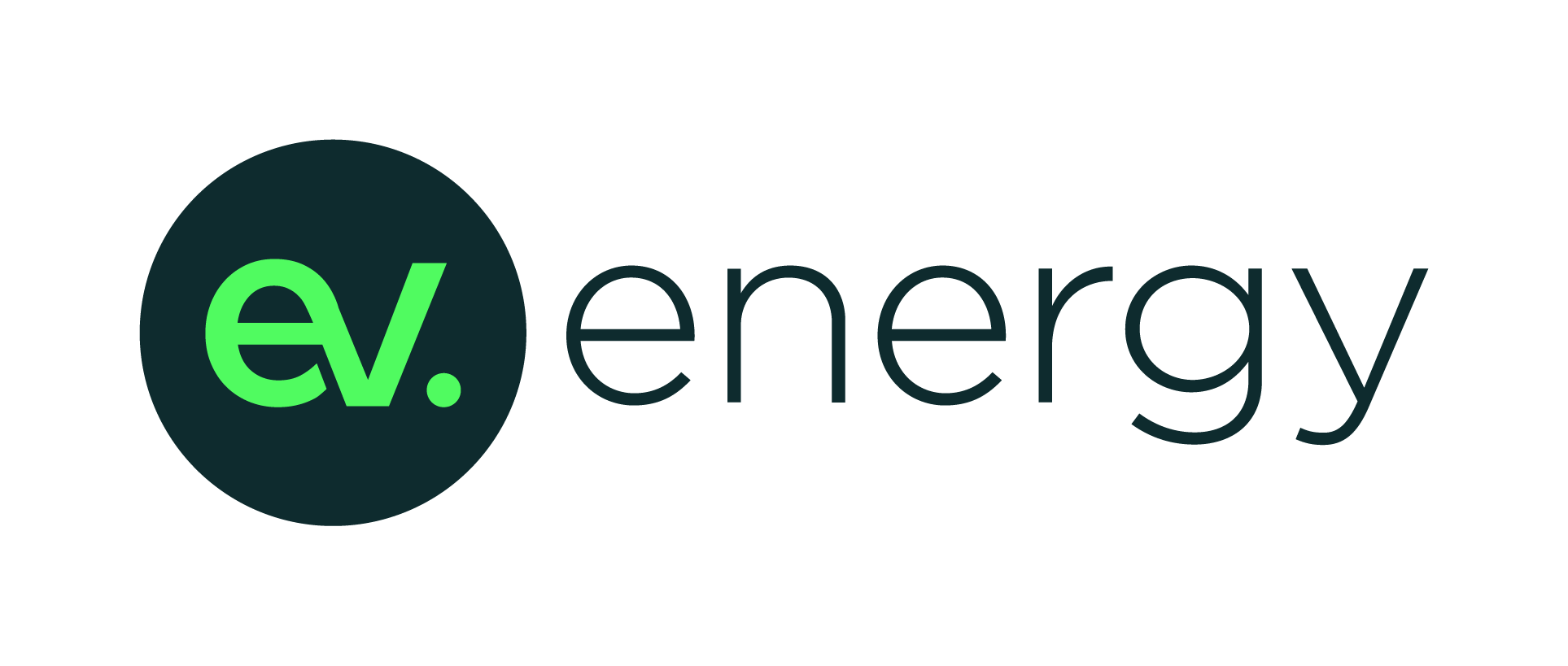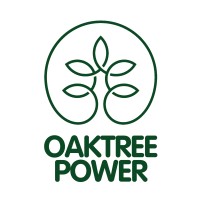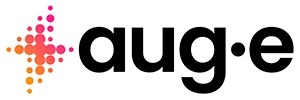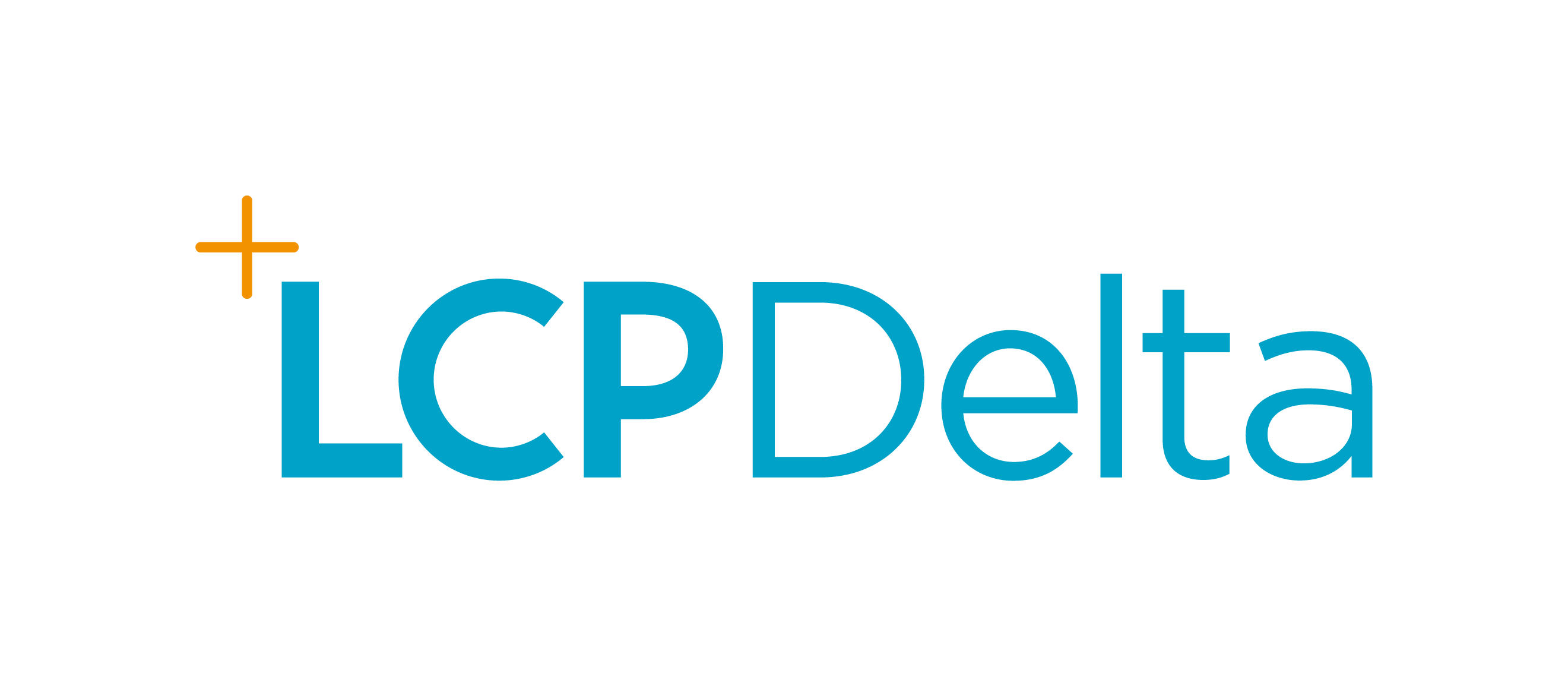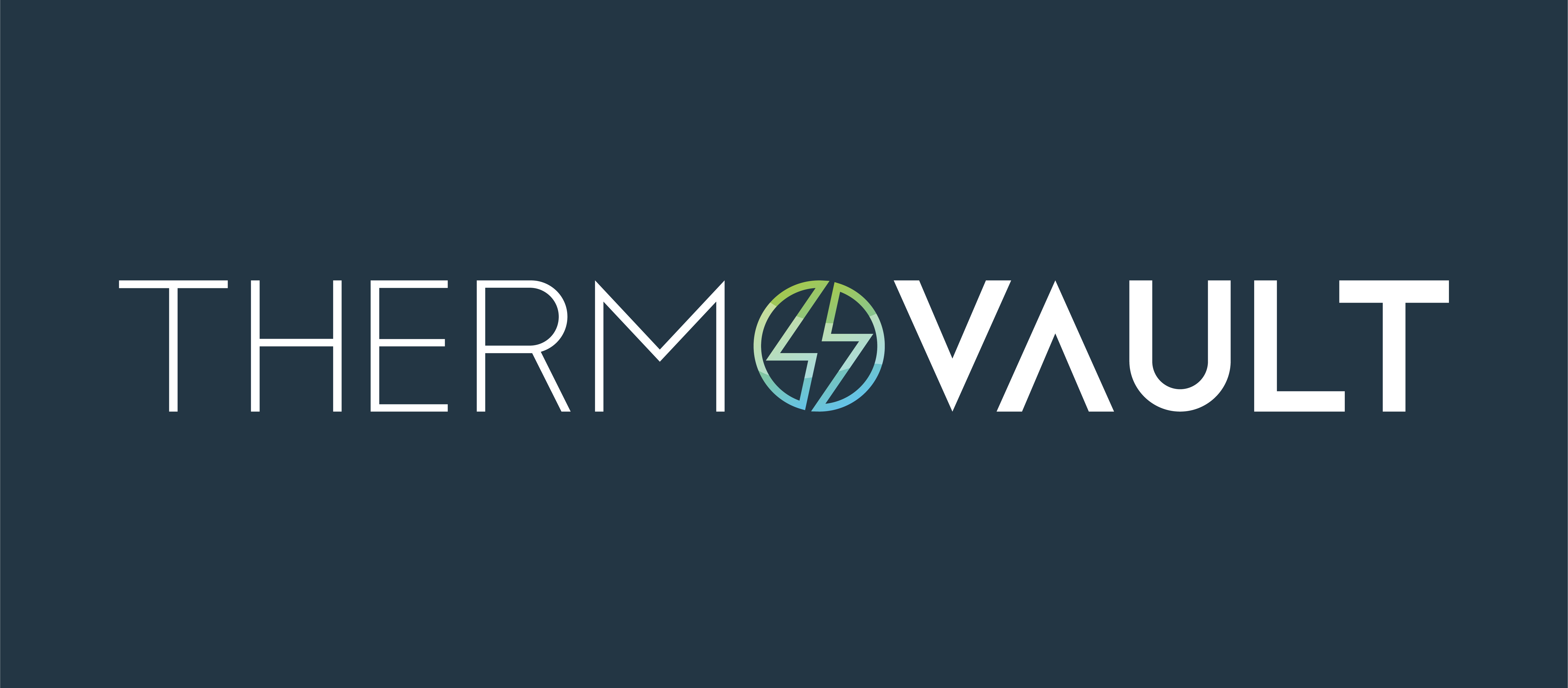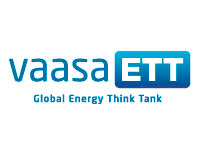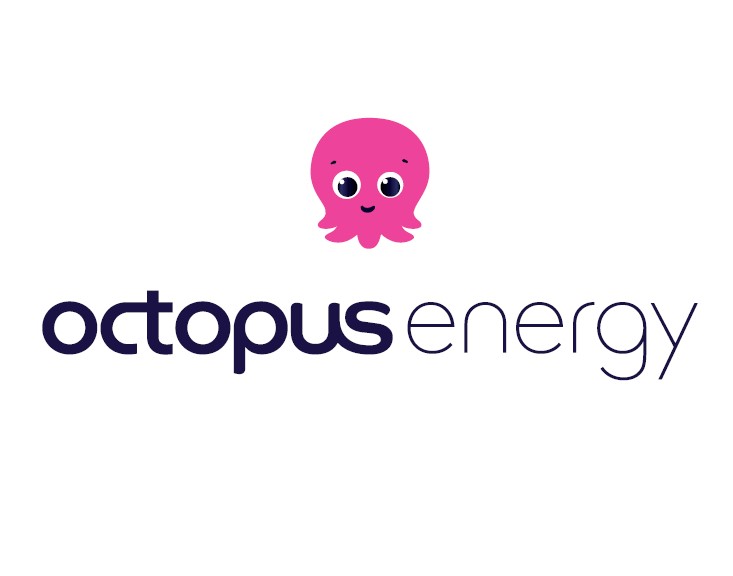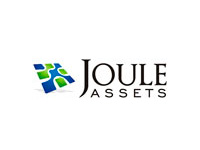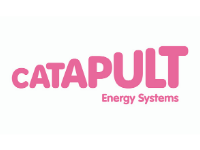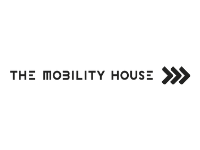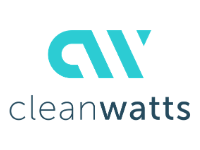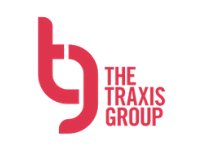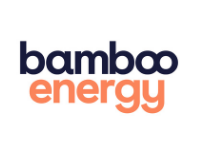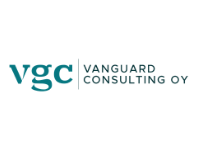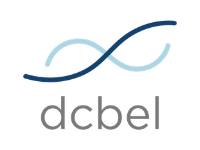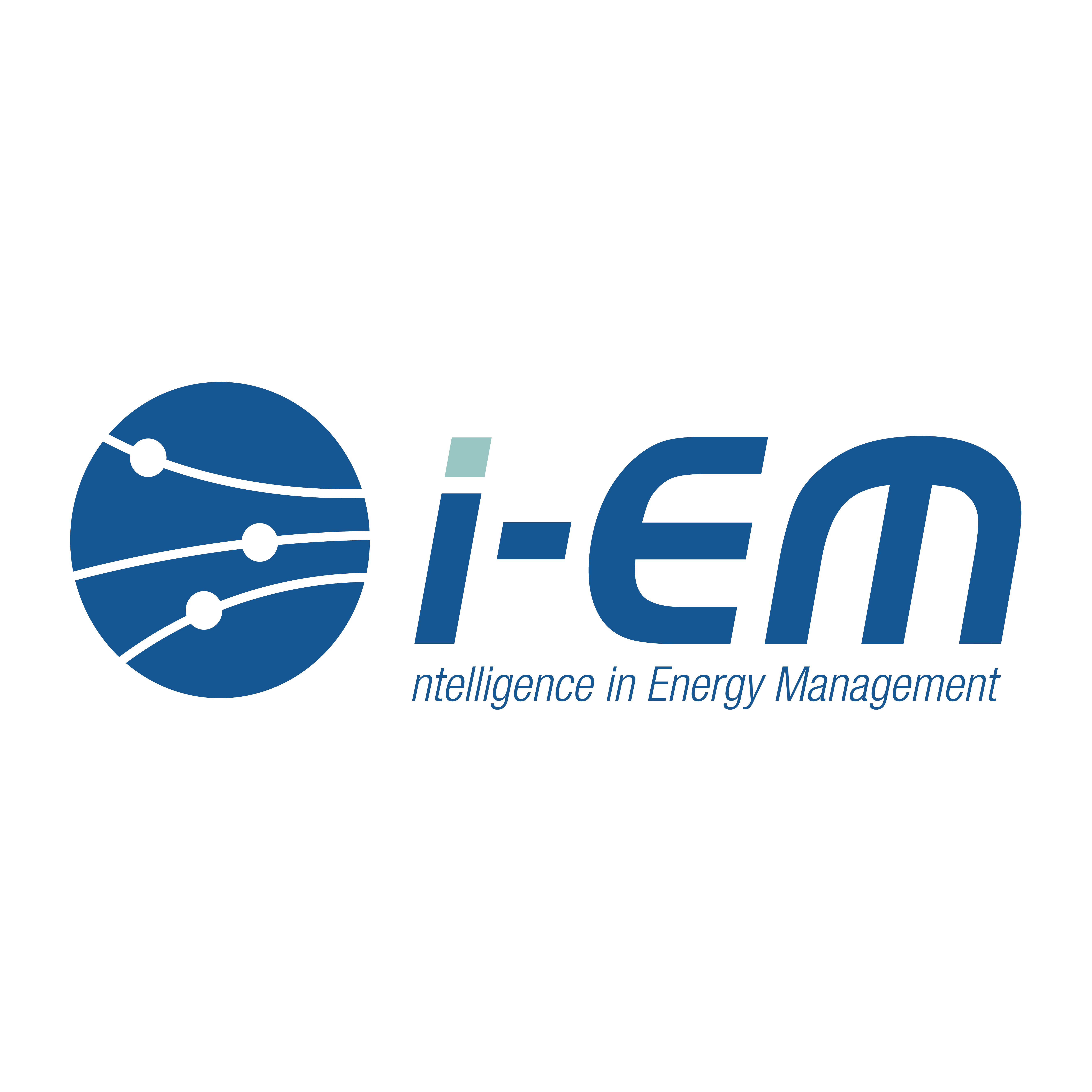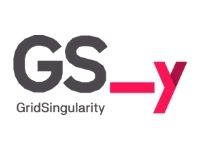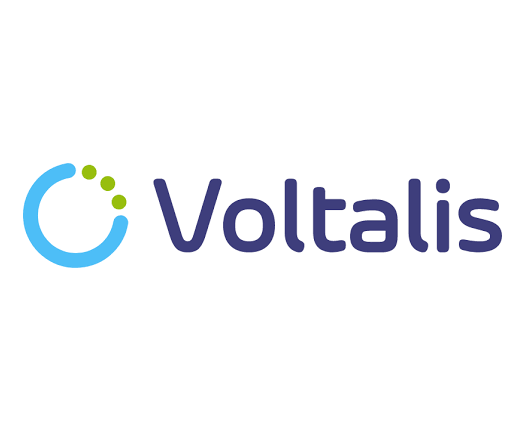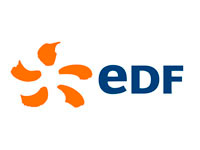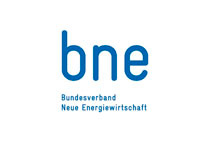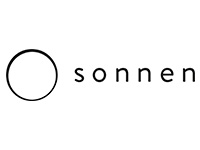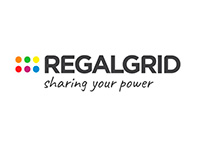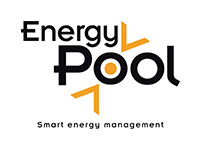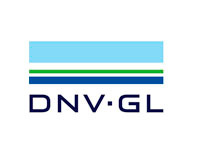On November 26, 2018, smartEn released its new edition of the smartEn map: balancing markets edition. Opening up balancing markets to demand response and decentralised energy resources, such as storage, allows innovative energy business models to flourish and brings numerous benefits to society. By allowing all technologies and service providers to participate in balancing markets, Europe can avoid the construction of new backup generation capacity by optimally using our existing resources, thus bringing more stability to the grid at a lower price to society.
“Comparing the situation to a few years ago, we see that almost all countries have improved, even if only in small ways,” says Frauke Thies, smartEn Executive Director. “However, we also see that some countries that were doing really well before are now starting to fall back in their efforts. This is a problem, because much more needs to be done before all technologies and service providers can truly participate on an equal footing.”
Overall, the smartEn map shows that balancing markets are gradually opening up to demand response and decentralised energy resources everywhere. Italy, for example, has just opened up one of its balancing products to the market, and now allows demand response to participate.
Where markets have already been open for a while, new technologies are now being incorporated and products are undergoing a process of standardisation. Germany for example, has reduced several barriers for the participation of demand response and decentralised resources, and so has Belgium. It is now no longer necessary for third party aggregators to sign a prior agreement with BRPs and suppliers.
In addition, where markets were previously closed, they are slowly starting to open, or are planning to open them in 2019-2020. Italy for example, will continue to gradually open up its balancing markets, while the Netherlands is removing communication requirements between the Balance Service Providers and the TSO, and Ireland will procure all its balancing services on the market.
Finally, a big concern is still the lack of statistics. The report shows that there are hardly any markets where absolute numbers are available for how much demand response is participating. According to Frauke Thies: “In future editions of the smartEn map we hope to be able to report a great increase in the participation of demand response, which is only possible if we are able to monitor these numbers properly.”


